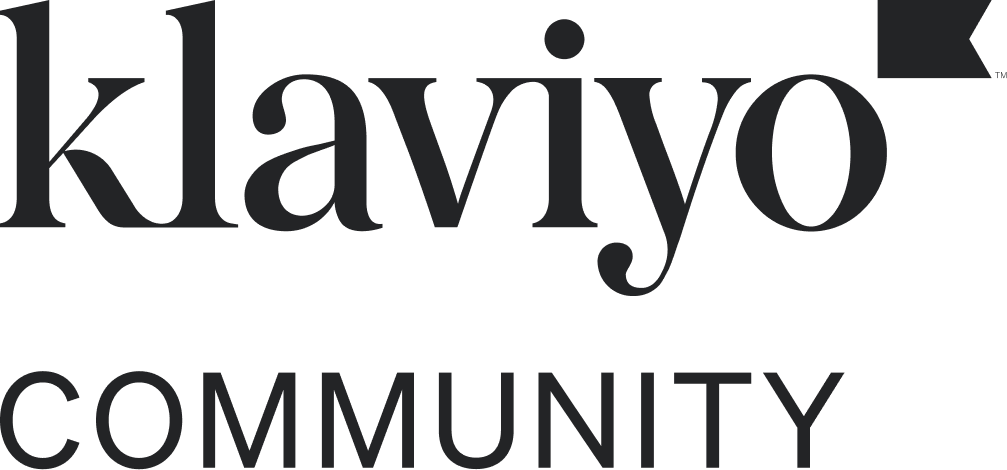Hey guys,
hope you’re fine.
We have 10k contacts in our klaviyo account and we want to expand our contacts list importing a .csv file.
At the moment, we don't know which of these 10,000 klaviyo contacts placed an order.
On every klaviyo contacts, the property “Placed Order” is egual to zero.
As I said, we have a .csv file to import: 70% of the .csv file contacts’ are already in the klaviyo contacts list.
This .csv file has a field called “orders” which indicates the number of orders made by each contact.
Our goal is to import this .csv file and refresh the klaviyo contacts’ property “Placed Order” to better understand how many orders were placed by each klaviyo contacts.
I’m concerned about few things:
- I read on others community questions like this:
that by importing a .csv file with an additional data field relating to “orders”, klaviyo will match the data of the .csv file with those already existing in klaviyo and will add the additional data relating to orders for each contact.
Is it correct? -
In order to add correctly the “orders” data into klaviyo contacts, I have to add a custom property in the .csv file ?
I just don’t understand if the name of the “orders” field in the .csv file has to be the same of klaviyo property “Placed Order”, in order to match with it.
After reading this article https://help.klaviyo.com/hc/en-us/articles/115000250912-About-Custom-Properties
I don’t understand if I can consider “orders” field in the my .csv file as custom property or standard property for klaviyo contacts
Thank you so much




![[Academy] SMS Strategy Certificate Forum|alt.badge.img](https://uploads-us-west-2.insided.com/klaviyo-en/attachment/2f867798-26d9-45fd-ada7-3e4271dcb460_thumb.png)

